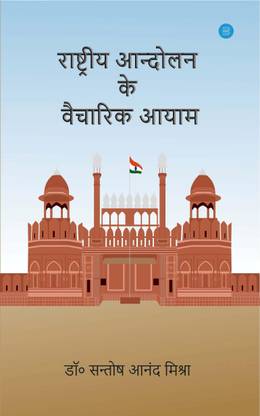Dr. Champak Raman Pillai: The Torchbearer of Freedom from Foreign Soil
(15 September 1891 – 26May 1934)
Introduction
The saga of India’s freedom struggle was not confined to its soil alone. The flame of independence was kindled even in distant lands, where patriots carried their dreams and courage beyond borders. One such remarkable revolutionary was Dr. Champak Raman Pillai, who dared to challenge the British Empire from the heart of Germany. More than just a freedom fighter, Pillai was a visionary leader, strategist, and writer whose contributions to India’s struggle remain underappreciated.
Early Life and Family Background
Champak Raman Pillai was born on 15 September 1891 in Trivandrum (present-day Kerala) into a well-educated and respected Tamil family. From an early age, he displayed brilliance, self-respect, and a strong sense of justice. The inhumanity and oppression of British colonial rule deeply affected him, sowing the seeds of rebellion in his heart.
Seeking higher education, Pillai moved to Europe, where he studied science, politics, and philosophy in Germany. He became fluent in multiple languages—Tamil, German, English, and French—a skill that later proved invaluable in his diplomatic and revolutionary missions.
World War I and Political Activism
The outbreak of World War I (1914–1918) was seen by many Indian revolutionaries as an opportune moment to strike against British rule. Dr. Pillai recognized the strategic potential of the war and became politically active in Europe.
Formation of the Indian Independence Committee (Berlin Committee)
In 1914, Dr. Pillai founded the Indian Independence Committee in Berlin with three key objectives:
- To secure political and military support from the German government for India’s freedom,
- To motivate Indian POWs in German camps to join the nationalist cause,
- To organize revolutionary activities against the British in India.
This committee attracted prominent revolutionaries like Lala Har Dayal, Rash Behari Bose, Maulana Barkatullah, and Taraknath Das.
The Hindu-German Conspiracy
Dr. Pillai played a key role in the Hindu-German Conspiracy, which aimed to forge alliances between Indian revolutionaries and the governments of Germany, Turkey, and Japan. The plan included coordinated attacks on British forces in India through naval operations and insurrections in coastal areas.
Although many of these plans were thwarted by British intelligence, the effort demonstrated that India’s fight for freedom was expanding into armed struggle and international diplomacy.
The Originator of “Jai Hind”
The slogan “Jai Hind”, now a symbol of pride and patriotism in India, was coined by Dr. Champak Raman Pillai as a revolutionary greeting. Later, Netaji Subhas Chandra Bose adopted it as the battle cry of the Indian National Army (INA), making it a rallying call for millions.
“Jai Hind” is more than a slogan; it represents the spirit of independence, unity, and self-respect.
Relationship with Netaji Subhas Chandra Bose
When Netaji Subhas Chandra Bose arrived in Germany, he met Dr. Pillai, and the two bonded over shared ideals—armed revolution, international alliances, and nationalism. Though Pillai’s health had deteriorated by then, he provided valuable advice and strategic insight that influenced Bose’s formation of the INA.
Philosophy and Vision
Dr. Pillai believed:
- Freedom must be political, cultural, and economic.
- India must transcend barriers of religion, caste, and language to unite as a nation.
- The torch of independence should burn not only in India but across the world wherever Indians reside.
- Education, science, and awareness were essential for building a new India.
Personal Life and Struggles
Dr. Pillai married a German woman named Lina, who supported him through his declining years. Despite constant surveillance by British intelligence agencies, he continued his mission tirelessly.
Death and Legacy
Dr. Champak Raman Pillai passed away on 26 May 1934 in Berlin at the young age of 43. His health had deteriorated due to the intense physical and mental pressures of his work. His last wish was to be buried in the sacred soil of his homeland.
His wife Lina honored this wish—his body was brought to Madras (now Chennai), where his last rites were performed.
Historical Neglect
Despite his enormous contributions, Dr. Pillai remains a largely unsung hero. His name rarely features in mainstream history textbooks, and there are no major national memorials or honors dedicated to him.
It is time for India to reclaim such forgotten heroes, celebrate their legacy, and inspire future generations.
Conclusion
The life of Dr. Champak Raman Pillai stands as proof that devotion to one’s nation knows no boundaries—neither geographical nor ideological. From the heart of Germany, he envisioned and fought for a free India, defying all odds.
His ideas, his struggle, and his sacrifices teach us that freedom is not just a right but a duty—a sacred responsibility we must live by, protect, and pass on.
Jai Hind!














0 Comments
Thank you